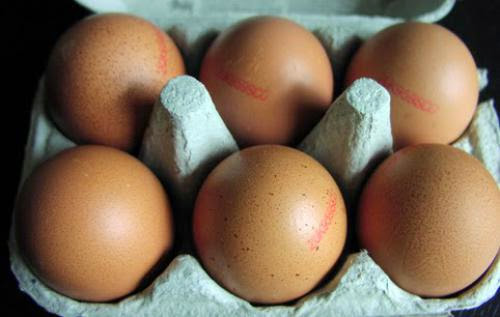
Photo of one of the earliest bottles found.
Folk Magic contends that witch bottles protect against evil spirits and magical attack, and counteract spells cast by witches; they are countermagical devices, the purpose of which is to draw in and trap harmful intentions directed at their owners. Historically, the witch's bottle contained the victim's (the person who believed they had a spell put on them) urine, hair or nail clippings, or red thread from sprite traps. In recent years, the witch's bottle has taken on a nicer tone, filled with rosemary, nails and pins, and red wine. Historically and currently, the bottle is then buried at the farthest corner of the property, beneath the house hearth, or placed in an inconspicuous spot in the house. It is believed that after being buried, the bottle captures evil which is impaled on the pins and needles, drowned by the wine, and sent away by the rosemary.
Sometimes sea water or earth are used instead. Other types of witch bottles may contain sand, stones, knotted threads, feathers, shells, herbs, flowers, salt, vinegar, oil, coins, or ashes. A similar magical device is the "lemon and pins" charm. (Stick a lemon full of pins and bury.)
Another variation is within the disposal of the bottle. Some witch's bottles were thrown into a fire and when they exploded, the spell was broken or the witch supposedly killed.
The witch bottle was believed to be active as long as the bottle remained hidden and unbroken. People did go through a lot of trouble in hiding their witch bottles - those buried underneath fireplaces have been found only after the rest of the building has been torn down or otherwise disappeared. The origins of this tradition have been dated at least to the 16th century. In ancient times the bottles were made of stone and originally contained rusty nails, urine, thorns, hair, menstrual blood and pieces of glass, wood, and bone.







